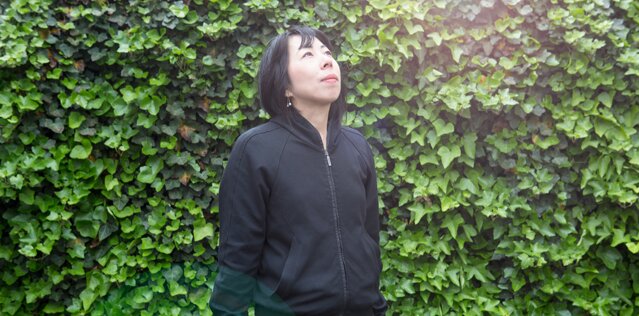

ART/CULTURE
Q&A with Rinko Kawauchi
Rinko Kawauchi’s most recent body of work culminated in her latest book AMETSUCHI, (“Heaven and Earth” in ancient Japanese), released by Aperture in May 2013. Instead of using her signature Rolleiflex, she wandered into a new realm of expression by using a 4 x 5 format, and weaved five seemingly unrelated pieces into one magnificent story. We caught up with her while she was in New York right after its release.

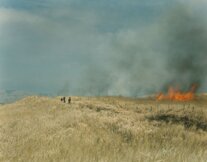
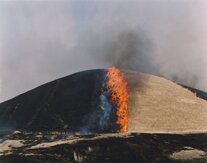
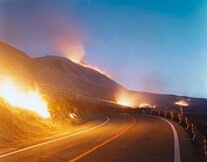
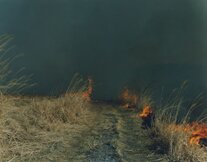
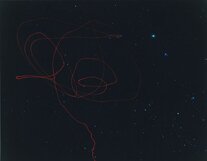
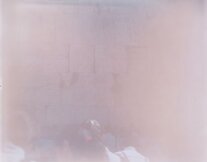
RSS Feed